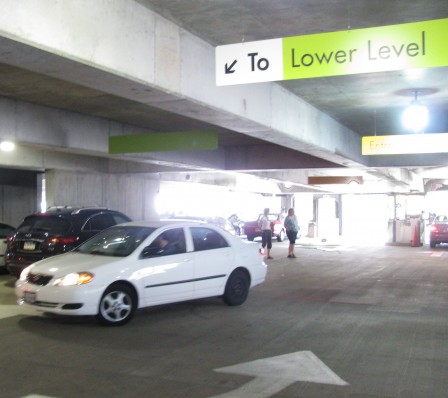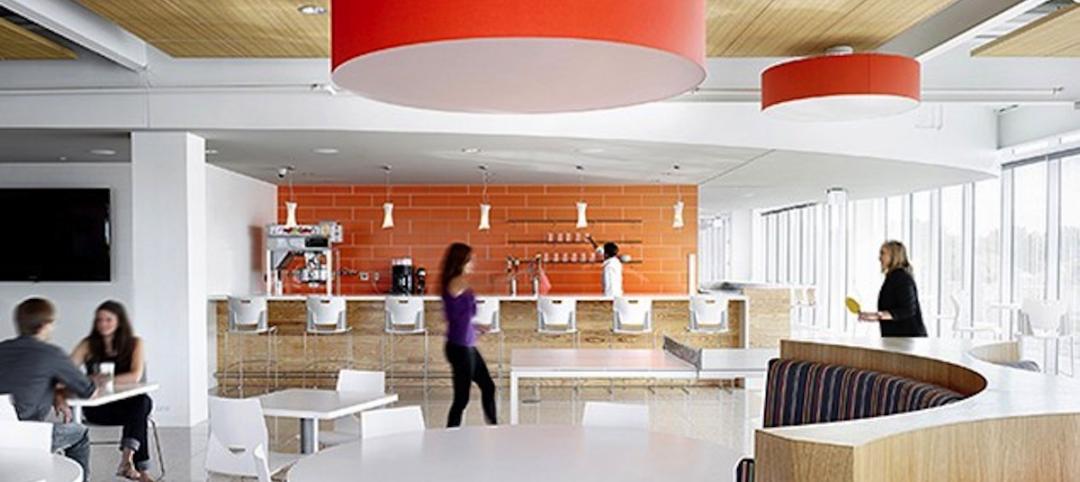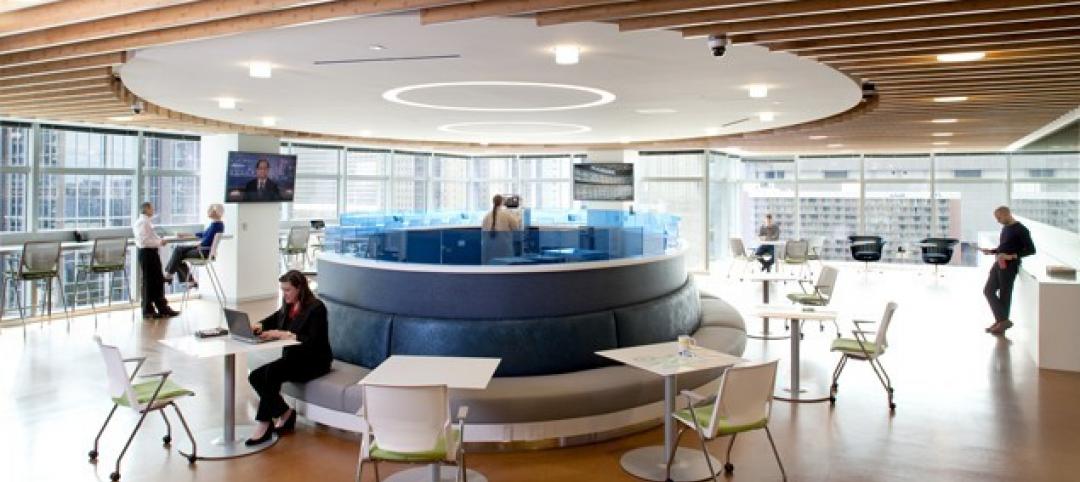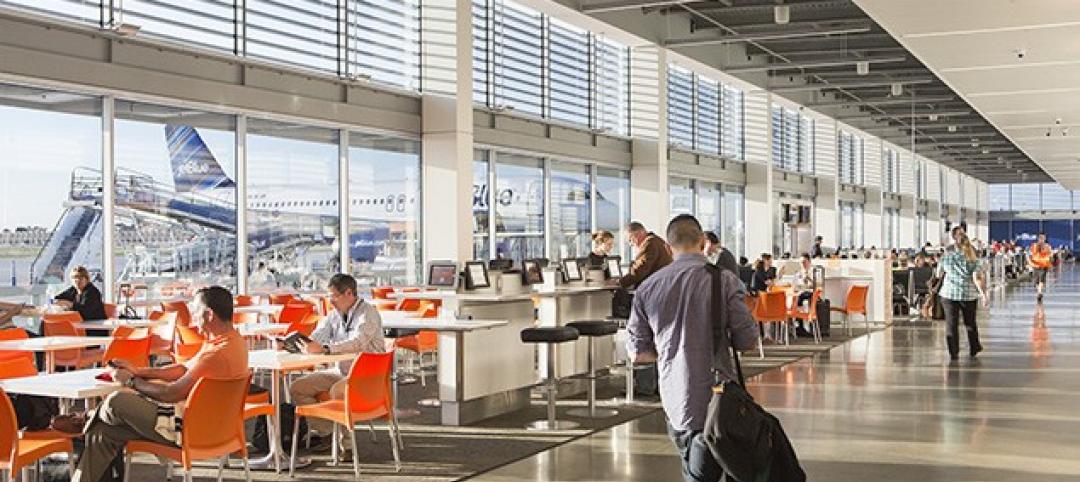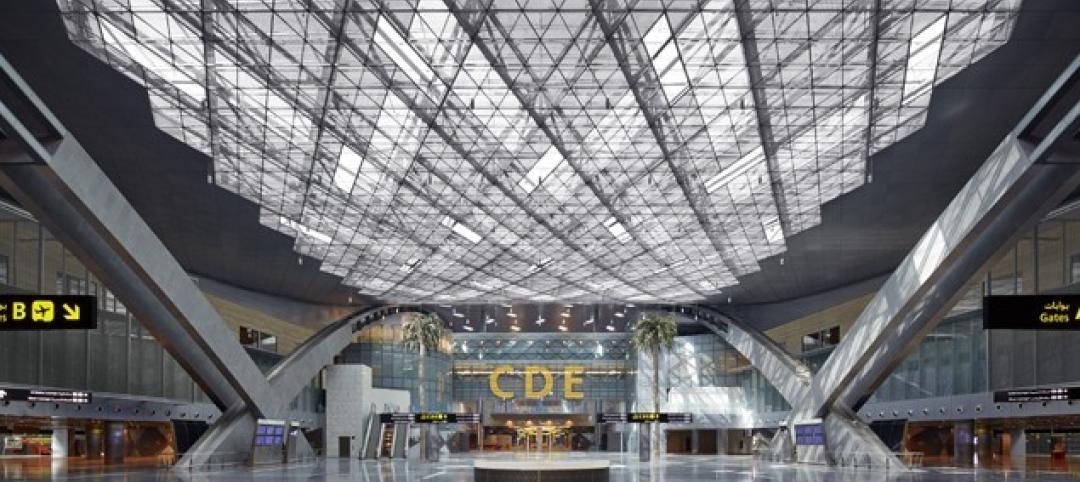With Google’s driverless car in the news again (see link to the Washington Post), it’s timely to start thinking about how fully autonomous vehicles might affect the built environment. The changes this technology could bring to historic patterns of urban development could be, well, historic.
A 2013 report from Deloitte highlighted how driverless cars could dramatically alter car ownership in the future, pushing the pendulum from ownership to rentals and ride sharing. There’s little need for parking, certainly of the expensive structured kind, in this scenario. And structured parking, with its sturdy and specific design requirements, may not be as easily adapted into profitable uses if the programmatic function of parking is disrupted.
Driverless cars could also lead to increased density in some critical-mass areas, like popular neighborhoods in Washington, DC (particularly with any future changes in zoning and height restrictions), but could also contribute to decentralization in others.
Traditional urban land economics could be disrupted as the decreased need for parking increases the supply of buildable land in central cities. For cities like Houston, which devote a large percentage of land to parking, this could have an interesting effect on real estate valuation.
Innovation as coupled with Moore’s Law isn’t slowing down anytime soon. The time is now to start thinking about how technology will impact urbanism +10 years down the road.
About the Author
Stephen Conschafter is a senior consultant based in HOK's Washington, D.C., office. With a passion for urbanism and the built environment, Stephen specializes in workplace strategy, urban planning and design, including trends and benchmarking, space utilization, master planning and site design. More about Conschafter.
Read more posts at Life at HOK
More from Author
Life at HOK | Apr 21, 2015
How to create an 'emotionally intelligent' workplace
Emotional intelligence is the leading predictor of performance in the workplace and the strongest driver of leadership and personal excellence.
Life at HOK | Feb 6, 2015
6 factors steering workplace design at financial services firms
Grossly underutilized space and a lack of a mobility strategy are among the trends identified by HOK based on its research of 11 top-tier financial services firms.
Life at HOK | Jan 6, 2015
Airports apply technology to maximize hospitality
Technology is transforming the guest experience and enabling designers to reimagine a new hospitality-oriented destination airport terminal.
Life at HOK | Dec 28, 2014
The future of airport terminal design: destination status, five-star amenities, stress-free travel
Taking a cue from the hospitality industry, airport executives are seeking to make their facilities feel more like destinations, writes HOK's Richard Gammon.
Life at HOK | Nov 17, 2014
Hospitality at the workplace: 5 ways hotels are transforming the office
During the past five years, the worlds of hospitality and corporate real estate have undergone an incredible transformation. The traditional approach toward real estate asset management has shifted to a focus on offerings that accommodate mobility, changing demographics, and technology, writes HOK's Eva Garza.
Life at HOK | Oct 13, 2014
The mindful workplace: How employees can manage stress at the office
I have spent the last several months writing about healthy workplaces. My research lately has focused on stress—how we get stressed and ways to manage it through meditation and other mindful practices, writes HOK's Leigh Stringer.
Life at HOK | Sep 9, 2014
Using Facebook to transform workplace design
As part of our ongoing studies of how building design influences human behavior in today’s social media-driven world, HOK’s workplace strategists had an idea: Leverage the power of social media to collect data about how people feel about their workplaces and the type of spaces they need to succeed.
Life at HOK | Aug 16, 2014
The science of learning: Designing the STEM learning facilities of the future
New technology and changing pedagogies are influencing how to best teach a generation of learners who have never known a world without smartphones or tablets, writes HOK's Kimberly Robidoux.
Life at HOK | May 19, 2014
What can architects learn from nature’s 3.8 billion years of experience?
In a new report, HOK and Biomimicry 3.8 partnered to study how lessons from the temperate broadleaf forest biome, which houses many of the world’s largest population centers, can inform the design of the built environment.
Life at HOK | Jan 30, 2014
How reverse engineering nature can spur design innovation
It’s not enough to copy nature. Today’s designers need a deeper understanding of environmental nuance, from the biome in.

